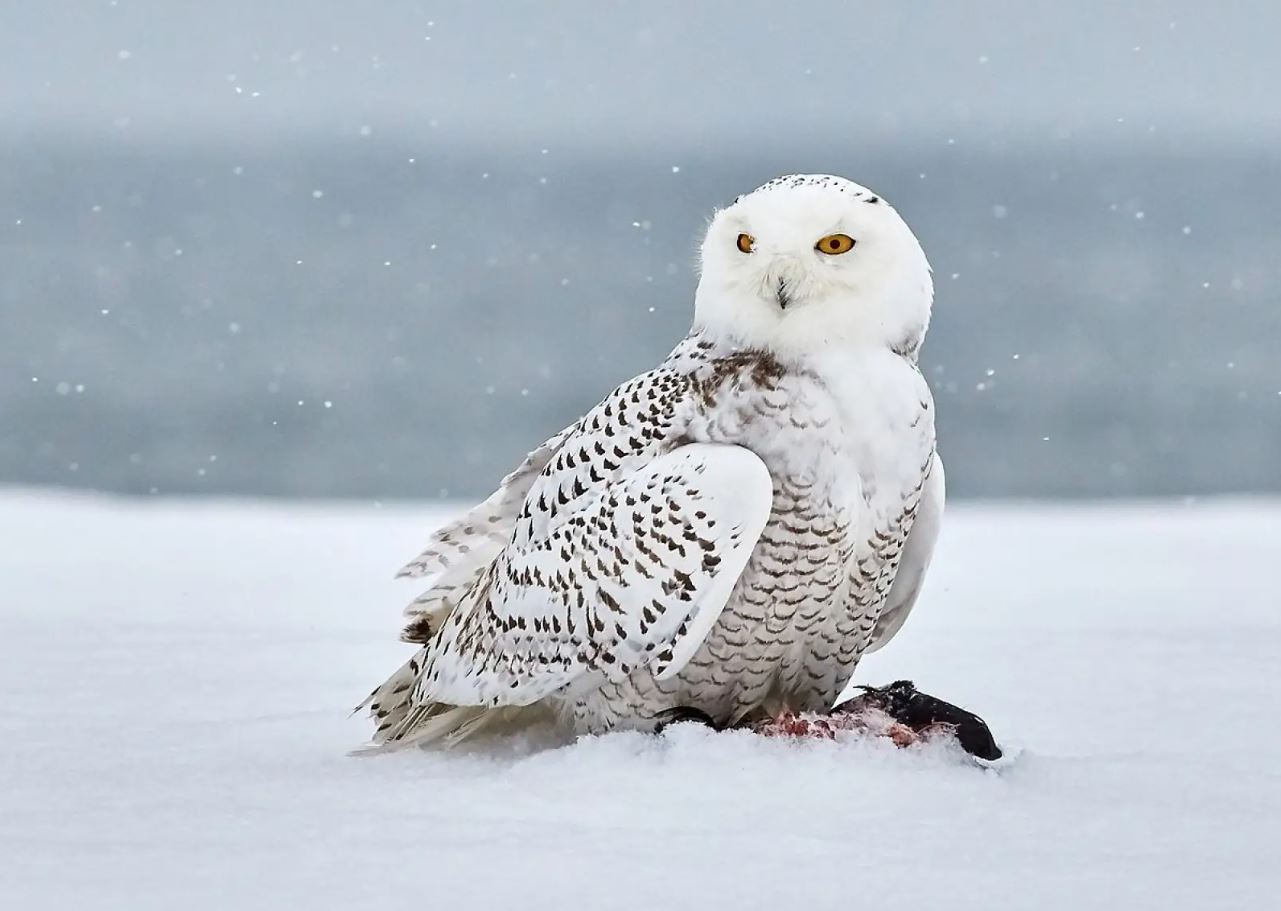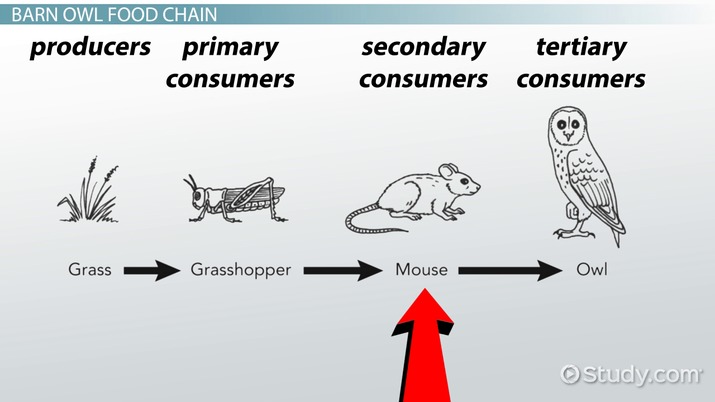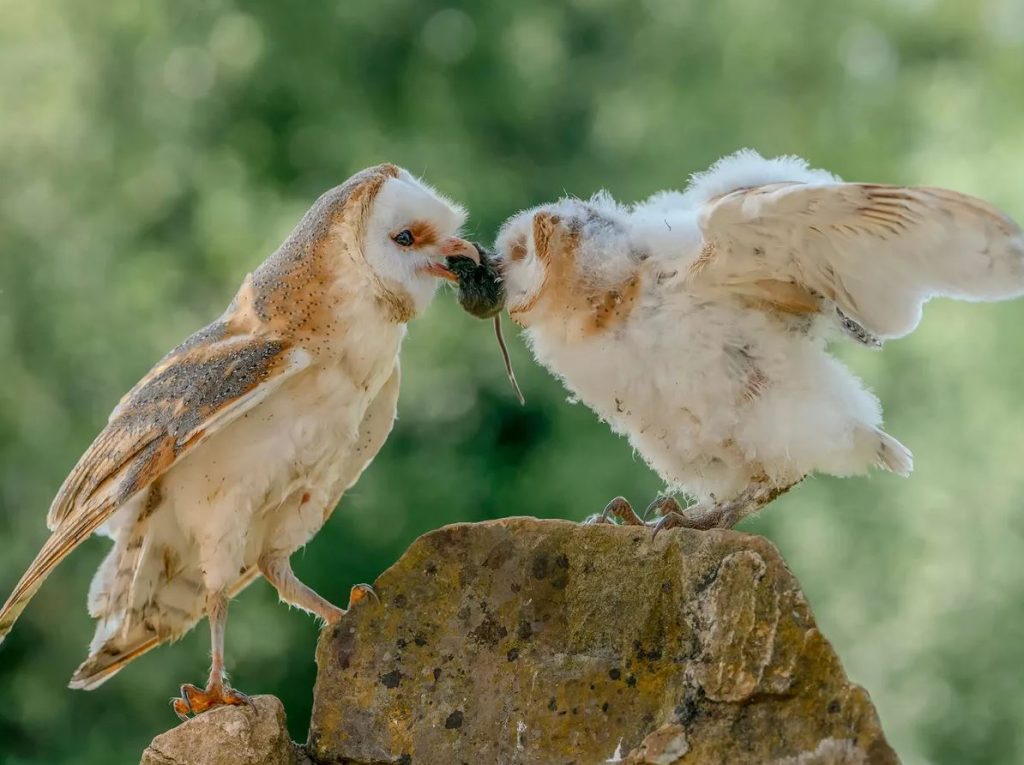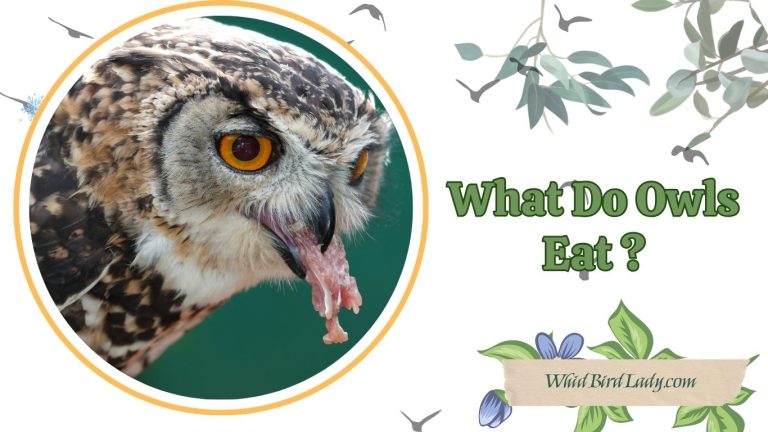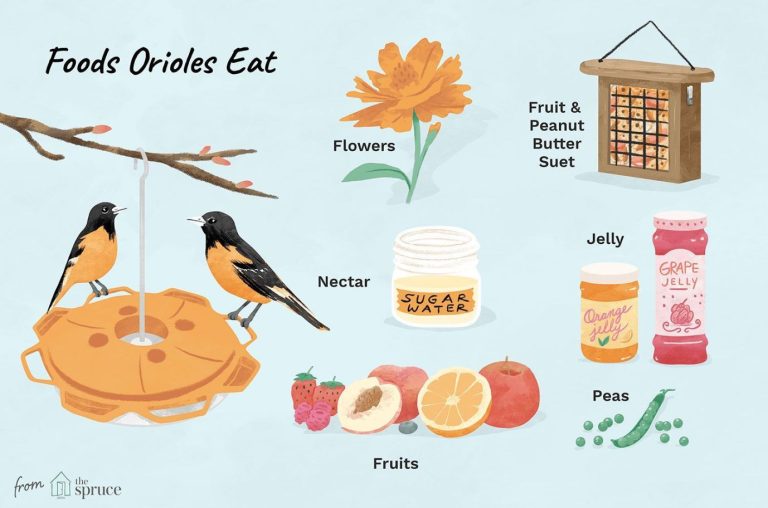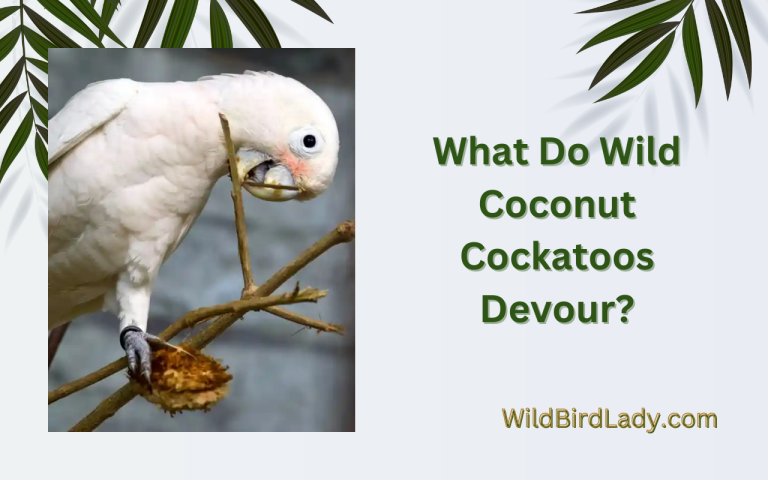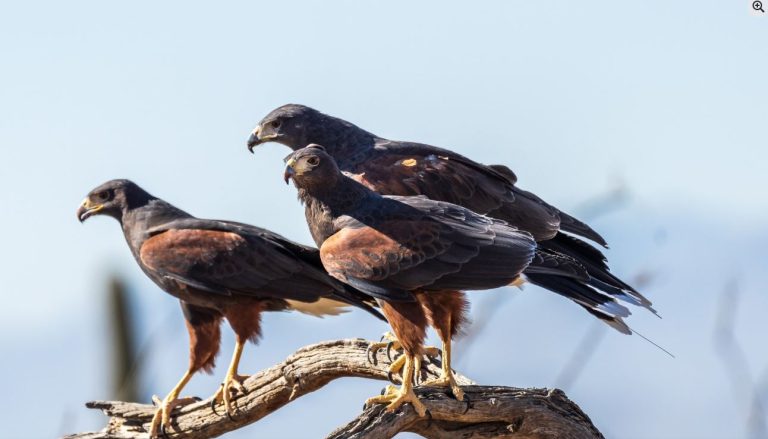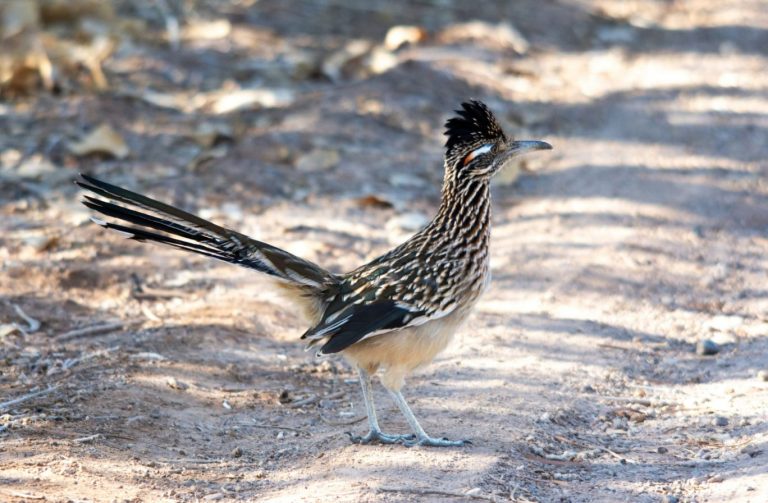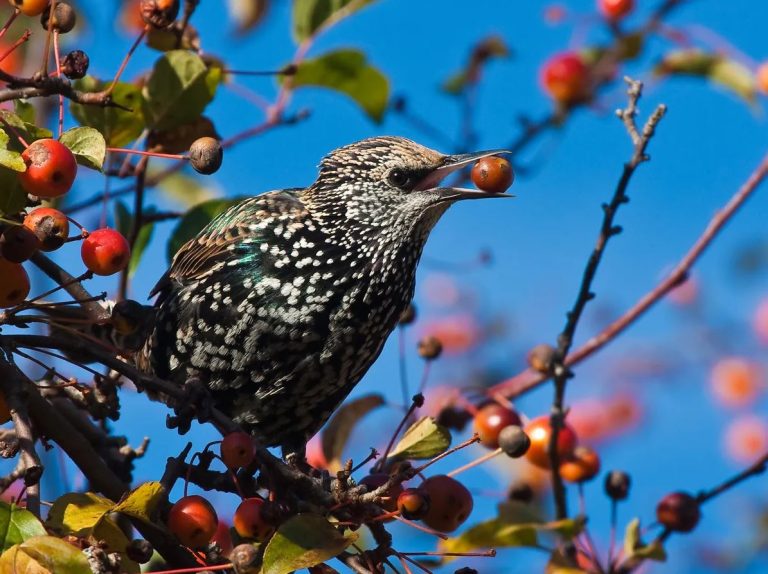What Do Snowy Owls Eat? A Detailed Insight into Their Diet
As a birdwatcher with over 13 years of experience, I’ve been fortunate to witness some truly spectacular moments in nature. One of my favorite subjects of observation is the majestic snowy owl (Bubo scandiacus). Recognized by its striking white plumage and piercing yellow eyes, this magnificent bird inhabits the harsh Arctic tundra, demonstrating extraordinary adaptations for survival. One crucial aspect of these adaptations is its diet. So, what exactly do snowy owls eat?
In this comprehensive guide, I’ll provide insights from personal observations combined with reputable sources to unravel the mysteries behind the snowy owl’s dietary preferences.
Understanding the Snowy Owl’s Diet: The Basics
Snowy owls primarily consume small mammals, with a particular fondness for rodents. Their diet predominantly includes:
- Lemmings
- Voles
- Rabbits
- Birds
Snowy owls, however, display dietary flexibility based on their environment and seasonal changes.
Lemmings: The Mainstay of Snowy Owl Diet
The staple diet of snowy owls is undoubtedly lemmings. These small rodents constitute nearly 90% of their diet during peak population periods. Snowy owls can consume three to five lemmings per day, equating to approximately 1,600 lemmings per year. This reliance profoundly influences their breeding and migration patterns.
According to the Cornell Lab of Ornithology, “Snowy owl populations fluctuate in direct correlation with lemming population cycles. A boom in lemming numbers leads to greater breeding success for snowy owls.”
Adapting to Seasonal Changes
When lemmings are scarce, snowy owls demonstrate impressive adaptability. They diversify their diet significantly, turning to other rodents such as voles, mice, and occasionally even rats. I’ve personally observed snowy owls hunting voles during years of lemming population decline.
Research published by the National Audubon Society further supports this behavior: snowy owls adjust their hunting strategies to effectively capture available prey, which ensures their survival during harsh winters.
Avian Prey: When Owls Turn Bird Hunters
Though primarily mammal hunters, snowy owls also prey upon birds, particularly when rodent numbers dwindle. Birds commonly targeted include:
- Ducks
- Shorebirds
- Seabirds
- Smaller birds like sparrows and ptarmigans
In my observations along coastal regions during migration periods, I’ve noticed snowy owls adeptly capturing seabirds resting or feeding near the shorelines.
Rare Instances: Large Prey and Opportunistic Feeding
Snowy owls occasionally hunt larger prey such as rabbits, hares, and even raccoons. These instances are relatively rare, occurring mostly during severe winters when smaller prey becomes difficult to find.
A fascinating study from the Journal of Raptor Research highlighted that snowy owls could subdue prey significantly larger than their typical targets, underscoring their versatility as hunters.
Hunting Techniques of the Snowy Owl
Snowy owls are masterful predators, adapting their hunting strategies to suit the harsh and often treeless environments of the Arctic tundra. Their techniques are finely tuned to the seasons, prey availability, and terrain—making them versatile and efficient hunters.
1. Perch and Pounce
The perch-and-pounce method is the snowy owl’s most iconic hunting strategy. In areas with natural or man-made elevations—such as low ridges, mounds of snow, or fence posts—the owl will perch quietly, scanning the surroundings with its razor-sharp eyesight. Snowy owls have keen binocular vision and can detect even slight movements from great distances. Once a target, typically a lemming or vole, is spotted, the owl launches in near silence, using powerful wingbeats to close the distance before pouncing with precision. Their large talons deliver a swift, lethal grip.
2. Ground Hunting
In much of the Arctic, where trees and perches are scarce, snowy owls adapt by hunting directly from the ground. They may crouch low among snow drifts or tussocks, perfectly camouflaged by their white plumage. From this position, they watch and listen intently, especially during twilight or low-light conditions when small mammals are most active. When the moment is right, the owl silently lifts off and glides just above the terrain before swooping down on its unsuspecting prey. Their flight feathers are specially adapted to muffle sound, allowing them to sneak up with ghost-like stealth.
3. Aerial Pursuit and Opportunistic Hunting
Although less common, snowy owls may also engage in aerial pursuit—chasing after birds like ptarmigans, ducks, or even other owls in flight. Their broad wings and agility allow them to maneuver well in the air when needed. During the winter months, especially in southern parts of their range, snowy owls have been observed hunting seabirds near coastlines or scavenging carrion when live prey is scarce.
4. Snow Plunge
Another fascinating technique, especially in deeper snow, is the “snow plunge.” When prey burrows beneath the snowpack, snowy owls use their acute hearing to detect movement underneath. Once they pinpoint the location, they dive straight into the snow, breaking through the surface to snatch their prey below. This technique requires not only sharp hearing but also incredible strength and timing.
The Impact of Diet on Snowy Owl Migration
Snowy owl migration patterns are closely tied to prey availability. Years with abundant lemmings result in fewer owls migrating southward. Conversely, during lean years, snowy owls travel extensive distances searching for food, sometimes venturing as far south as the northern United States and even occasionally beyond.
A notable phenomenon called ‘irruption’ occurs when snowy owls appear far outside their usual range. As the Cornell Lab notes, these irruptions reflect fluctuations in prey populations in their Arctic breeding grounds.
What Do Baby Snowy Owls Eat? Diet of Snowy Owl Chicks
Understanding what baby snowy owls eat is equally fascinating and vital to appreciating their survival in the Arctic tundra. From the moment they hatch, snowy owl chicks depend entirely on their parents to provide food. The primary item on the menu? Lemmings—small rodents that form the foundation of their diet.
Adult snowy owls are diligent hunters and fiercely protective providers. In peak breeding seasons, when lemming populations boom, a single pair of snowy owls may deliver dozens of lemmings per day to their nest. Each chick can consume 3 to 5 lemmings daily, depending on its size and stage of development. Multiply that by a brood of 5 to 8 chicks, and the demand for prey becomes immense.
According to the Cornell Lab of Ornithology, “a single snowy owl family may capture more than 1,600 lemmings in a single summer to feed a growing brood” (All About Birds – Snowy Owl). This staggering number highlights how critical prey availability is to their reproductive success.
During my fieldwork in Arctic regions, I was continually amazed at the sheer effort parents put into feeding their chicks. I watched adult owls glide silently across the tundra, returning again and again with freshly caught lemmings clenched in their talons. They would often cache extra prey around the nest for later feeding, a clever strategy that ensures a steady supply during sudden weather changes or temporary prey shortages.
In the first days after hatching, the tiny owlets are fed small, soft pieces of meat torn by the parents from fresh kills. As they grow stronger, they begin to swallow smaller prey whole. Though lemmings dominate their early diet, snowy owl parents may also hunt voles, small birds, and even insects when necessary—especially in years when lemming populations are low.
Snowy owls are considered irruptive breeders, meaning they only nest in years when prey is abundant. This behavior ensures they don’t invest energy in raising young unless there’s enough food to sustain them.
So, when asking what do baby snowy owls eat, the simple answer is: a lot of lemmings, provided tirelessly by their parents—and when necessary, any small prey available in the Arctic wild.
Conservation Considerations Related to Diet
The dietary preferences of snowy owls underline significant conservation implications. Lemming populations are sensitive to climate change, impacting snowy owls’ breeding success and long-term survival.
According to BirdLife International, “Climate change-induced alterations in lemming population cycles pose a significant threat to snowy owls, making them vulnerable to food shortages and subsequent population declines.”
How Can You Help Snowy Owls?
Birdwatchers and conservation enthusiasts can support snowy owls in several ways:
- Supporting conservation programs aimed at protecting Arctic habitats.
- Advocating for climate change mitigation efforts.
- Avoiding disturbance of snowy owl habitats during winter migrations.
In my experience, mindful birdwatching and responsible ecological practices significantly contribute to snowy owl conservation.
Final Thoughts
Understanding the snowy owl’s diet provides critical insights into its fascinating survival strategies and the challenges these iconic birds face. Through personal field observations and scientific research, we gain a deeper appreciation of their ecological role and the importance of their preservation.
Snowy owls are undeniably one of nature’s marvels, skillfully adapting their hunting techniques and dietary habits to survive in one of the planet’s harshest environments. By supporting efforts to protect their habitats and food sources, we ensure these extraordinary birds remain a vibrant part of our ecosystem for future generations to appreciate.
FAQs What do Snowy Owls eat?
What do snowy owls primarily eat?
Snowy owls primarily eat lemmings, but their diet also includes voles, rabbits, birds, and occasionally larger prey.
How many lemmings does a snowy owl eat in a day?
A snowy owl typically eats three to five lemmings per day, especially during peak lemming population periods.
Do snowy owls eat birds?
Yes, snowy owls do eat birds, particularly ducks, seabirds, and smaller birds when their preferred prey, lemmings, are scarce.
What hunting methods do snowy owls use?
Snowy owls mainly use perch-and-pounce and ground hunting methods, adapting their techniques based on prey availability and environment.
Why do snowy owls migrate?
Snowy owls migrate mainly due to fluctuations in prey availability, particularly lemming populations, causing them to move to areas with better food resources.

